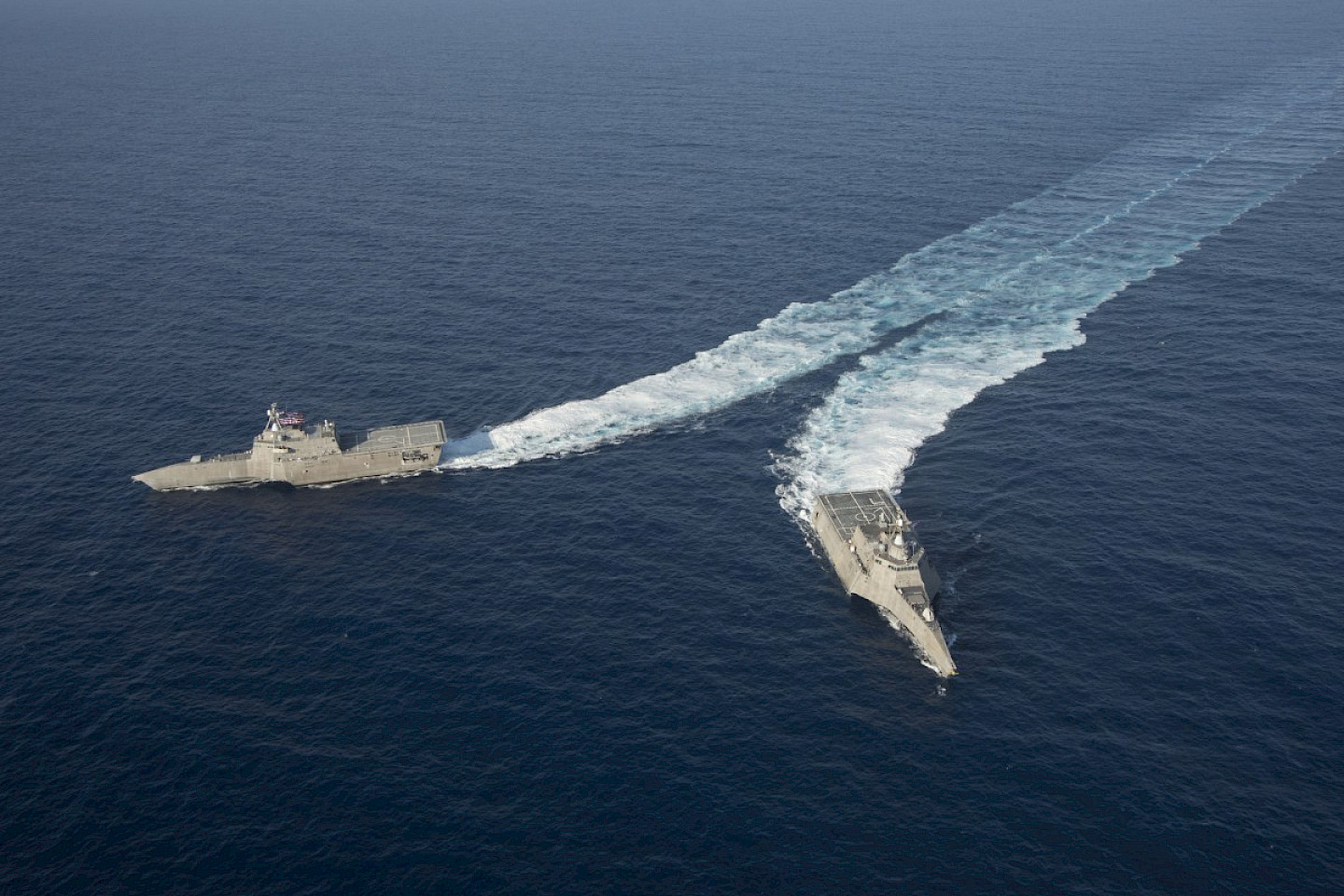Why Choose SSS Clutches?

SSS Clutches are proven by the 40+ global navies who continue to operate them. Conversely, marine friction clutch failures have dogged many warship programs since combined drivers were first proposed for common reduction gearing within the Y-100 propulsion system in the late 1950’s. SSS Clutches resolved many issues and gave navies and marine propulsion designers the confidence required for robust and reliable operation.
SSS Clutches use mechanical principles to engage and disengage, such that no complicated control systems are required, unlike friction clutches. Risk is averted by SSS Clutches by the simplicity of automatic mechanical engagement and disengagement with baulked protection where necessary. The risk of friction clutches was concluded perfectly in David Bowie’s excellent 2010 publication “Cruising Turbines of the ‘Y100’ Naval Propulsion Machinery” available from www.hazegray.org.
The performance of the cruising turbine clutch was of particular concern and the failures that occurred established some clear principles:
- A clutch relying solely on friction was unsuited for the powers and high rotational speeds associated with naval steam turbine plant.
- The effects of main shaft speed deceleration in a seaway at the moment of clutch engagement can be significantly magnified by the gear trains and can result in excessive differential accelerations of the opposing clutch members when the clutch is mounted in a high speed gear line.
- That without a suitable “locking-in” arrangement a marine clutch for main engines, which have large inertias, can “shuttle” during the moment of engagement, with consequent damage to the rotating mating elements.
These facts were of serious consequence to the designers of marine machinery: not only did they impact on the current ‘Y100’ steam machinery, but a correctly functioning clutch was a vital component of the proposed Combined Steam and Gas Turbine (COSAG) plants then under consideration for the Royal Navy’s new Guided Missile Destroyers and General Purpose Frigates.

The Institute of Marine Engineers (IMarEST) published “Marine Engineering Challenges for the 21st Century Conference in Hamburg 14-16 March 2000. D.A.Hofmann and P. Maillardet summarised propulsion clutch challenges perfectly:
Gears are, of course, not the only components that can fail in gearboxes. Historically, the most unreliable components have been multi-plate friction clutches, actuators and interlocks.
Many published technical papers detail SSS Clutch function and operational experience within modern naval propulsion systems. An example, co-authored by Morgan Hendry and Nicholas Bellamy won a “Best Paper” award from the American Society of Mechanical Engineers (ASME) after publication at ASME Turbo Exhibition in Seoul, South Korea in 2016. The article explains detailed experience of SSS Clutches and how CODAG CODELOG and CODELAG propulsion systems of the future can be simplified and made more robust.
Glossary of terms:
| COSOS | COmbined Steam Or Steam turbines |
| COSAS | COmbined Steam And Steam turbines |
| COGOG | COmbined Gas Or Gas turbines |
| COGAG | COmbined Gas And Gas turbines |
| CODAG | COmbined Diesel Engine And Gas turbines |
| CODOG | COmbined Diesel Engine Or Gas turbines |
| CODELOG | COmbined Diesel Electric Motor Or Gas turbines |
| CODELAG | COmbined Diesel Electric Motor And Gas turbines |